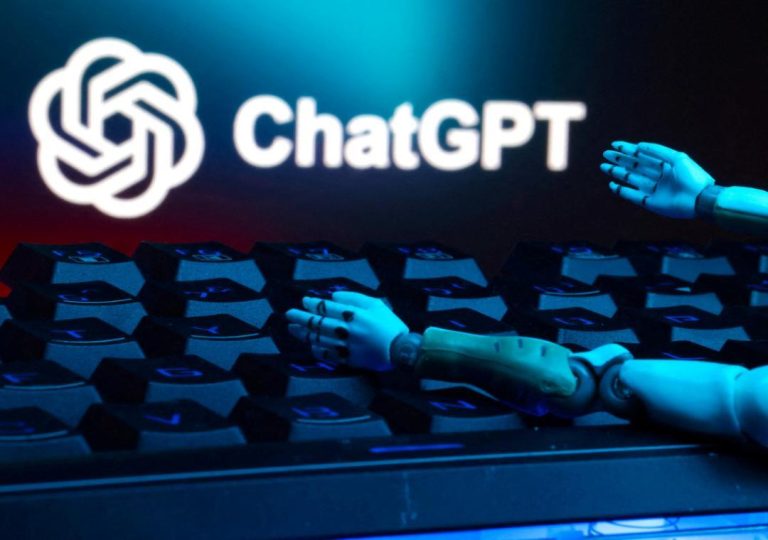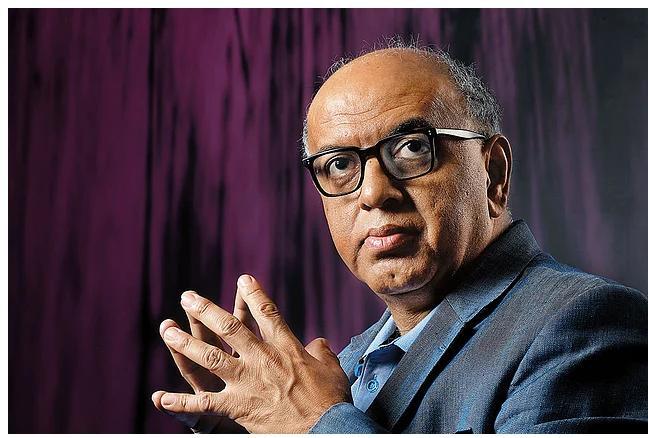
Physiotherapy: How AI & AR are making pain a thing of the past
Physiotherapy has undergone a significant transformation in recent years, thanks to the integration of emerging technologies like Artificial Intelligence (AI) and Augmented Reality (AR). These innovations are revolutionizing the way physiotherapists diagnose, treat, and prevent musculoskeletal issues, providing patients with more effective and accessible pain management solutions.
The conventional approach to physiotherapy often focuses on treating the symptoms of pain rather than addressing the root causes. This reactive approach can lead to a prolonged recovery period, increased healthcare costs, and a higher risk of chronic pain. AI and AR are changing this paradigm by shifting the focus from treatment to prevention. These technologies enable physiotherapists to detect potential musculoskeletal issues early on, providing patients with personalized exercise plans and real-time posture corrections to prevent injuries and alleviate pain.
AI-powered Posture Correction
One of the most significant advantages of AI in physiotherapy is its ability to provide real-time posture corrections. AI-powered systems can analyze a patient’s posture and provide instant feedback, helping them to correct their alignment and reduce the risk of musculoskeletal disorders. This technology is particularly useful for patients who experience back pain, as even slight adjustments to their posture can significantly alleviate discomfort.
For instance, a study conducted by the University of California, Los Angeles (UCLA) used AI-powered sensors to monitor the posture of patients with chronic back pain. The results showed that patients who received AI-guided posture correction exercises experienced a significant reduction in pain levels and improved functional ability compared to those who received traditional physical therapy.
Personalized Exercise Plans
AI is also being used to create personalized exercise plans tailored to a patient’s specific needs and goals. By analyzing a patient’s medical history, physical abilities, and rehabilitation goals, AI-powered systems can generate customized exercise programs that are more effective and efficient.
For example, AI-powered exercise platforms can provide patients with a series of exercises designed to strengthen specific muscle groups, improve flexibility, and enhance overall physical function. These platforms can also track a patient’s progress, providing feedback and adjusting the exercise program as needed.
Early Detection of Musculoskeletal Issues
AR technology is another game-changer in the field of physiotherapy, enabling early detection of musculoskeletal issues and reducing the risk of chronic pain. AR-powered systems can analyze a patient’s movements and provide real-time feedback, helping them to identify potential imbalances and make adjustments to prevent injuries.
For instance, AR-powered systems can be used to analyze a patient’s gait, providing feedback on their posture, alignment, and movement patterns. This information can be used to create personalized exercises and stretching routines designed to improve balance, flexibility, and overall physical function.
The Future of Physiotherapy
The integration of AI and AR in physiotherapy is poised to revolutionize the way we approach pain management and prevention. By providing patients with real-time posture corrections, personalized exercise plans, and early detection of musculoskeletal issues, these technologies are helping to shift the focus from treatment to prevention.
As AI and AR continue to evolve, we can expect to see even more innovative applications in the field of physiotherapy. For instance, AI-powered chatbots may be used to provide patients with personalized exercise advice and support, while AR-powered virtual reality platforms may be used to create immersive rehabilitation experiences.
Conclusion
The integration of AI and AR in physiotherapy is a significant milestone in the evolution of healthcare. By providing patients with more effective and accessible pain management solutions, these technologies are helping to reduce the risk of chronic pain and improve overall physical function.
As AI and AR continue to evolve, we can expect to see even more innovative applications in the field of physiotherapy. Whether it’s AI-powered posture correction, personalized exercise plans, or early detection of musculoskeletal issues, the future of physiotherapy is bright indeed.
Source:
https://www.healthcareradius.in/features/technology/physiotherapy-obesity-tech






